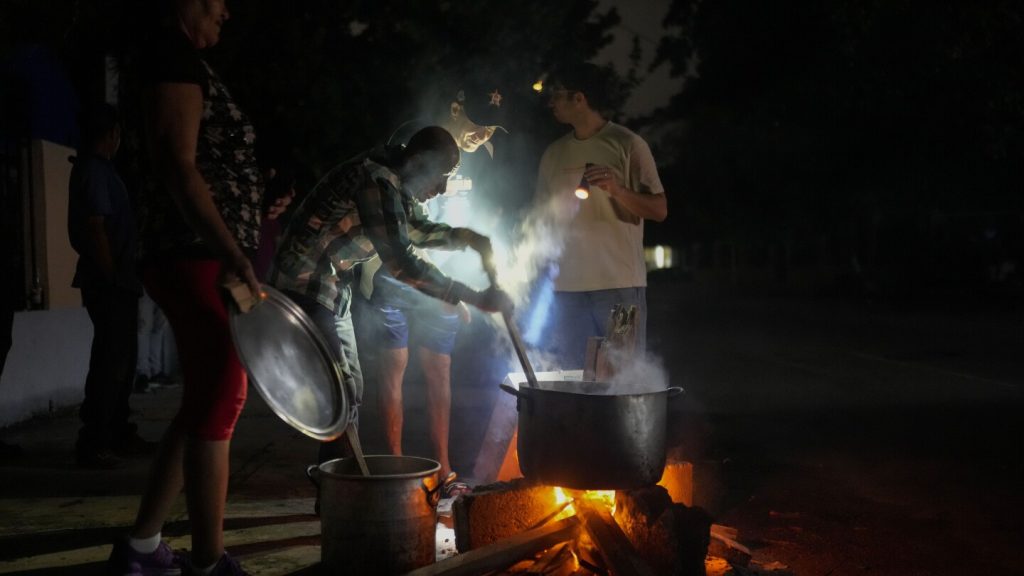Cuba experienced its worst blackout in at least two years, leaving millions without electricity for two days. Energy Minister Vicente de la O Levy announced that some electricity had been restored, with the country having 500 megawatts in its electrical grid compared to the normal 3 gigawatts generated. Two thermoelectric power plants have resumed operation, with two more expected to follow in the coming hours. However, parts of Havana are still experiencing outages, with total megawatts dropping from 500 to 370. The blackout has impacted not just lighting but also services like water supply that rely on electricity to run pumps.
The blackout affected about half of Cuba initially, followed by the entire island after a major power plant failure. Despite emergency measures being announced by the government to slash electricity demand, including suspending school and university classes, shutting down state-owned workplaces, and canceling nonessential services, there is no official estimate for when the blackout will end. The outage, which started on a small scale on Thursday, worsened due to increased demand from small- and medium-sized companies and residential air conditioners. The breakdown of old thermoelectric plants that have not been properly maintained and the lack of fuel to operate some facilities also contributed to the blackout.
The impact of the blackout was felt in the streets of Cuba’s capital, with a quiet atmosphere and few cars on the road as residents relied on candles and lamps for light. This blackout is considered the worst in two years, with some homes experiencing up to eight hours a day without electricity. With uncertainty surrounding the restoration of power and the functionality of other power plants, residents are facing challenges in dealing with the aftermath of the outage. Changes to electricity rates for small- and medium-sized companies are also being considered as part of measures to address the crisis.
Officials in Cuba are working to address the blackout by implementing measures to reduce electricity demand and address the factors contributing to the power failure. Some state-owned workplaces have been shut down, nonessential services canceled, and school and university classes suspended to lessen the strain on the electrical grid. The Cuban government has not provided a timeline for when the blackout will be fully resolved, leaving residents and businesses in a state of uncertainty. The country, experiencing ongoing economic challenges, is grappling with the impacts of the massive blackout and working towards restoring normalcy in the affected areas.
The Cuban government’s response to the blackout includes taking steps to reduce electricity demand, suspend certain activities, and assess the functionality of other power plants. The outage, which has affected millions of residents, highlights the vulnerabilities in the country’s electrical infrastructure and the challenges faced in maintaining reliable power supply. As efforts continue to restore electricity and address the underlying issues contributing to the blackout, residents are adapting to life without power and navigating the disruptions caused by the massive outage. The long-term implications of the blackout on Cuba’s economy and infrastructure remain to be seen as authorities work towards resolving the crisis and preventing similar incidents in the future.


